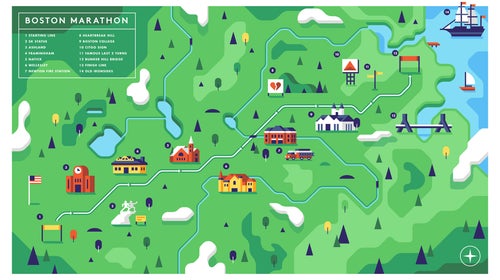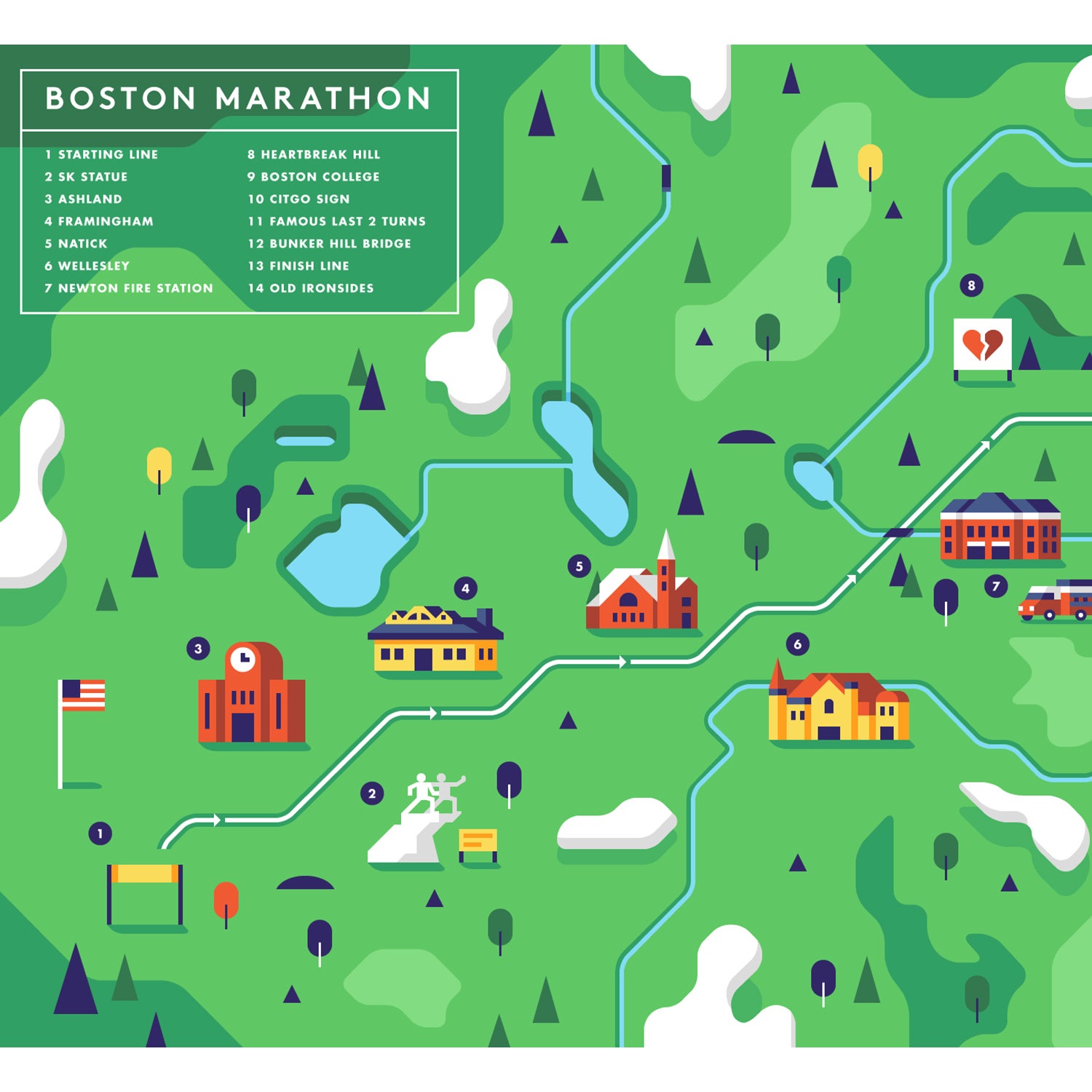As sporting events go, one of the most appealing aspects of the marathon is that it allows amateurs to participate in the same race as the best of the best. This is unusual, to say the least. Yes, it’s possible to ski the Streif in Kitzbühel or even shoot hoops at Madison Square Garden, but try to do those things while the pros are competing and you’ll make the evening news for all the wrong reasons. Not so with the marathon. You can run the same course and be celebrated by the same fans only seconds, or (more likely) minutes, or (hopefully not) hours, after the likes of Deena Kastor or Eliud Kipchoge.
Nowhere is this privilege more apparent than in the six annual races of the World Marathon Majors series: Berlin, Boston, Chicago, London, New York, and Tokyo. Need help deciding which race is for you? Here’s our definitive guide to the Marathon Majors.
Berlin
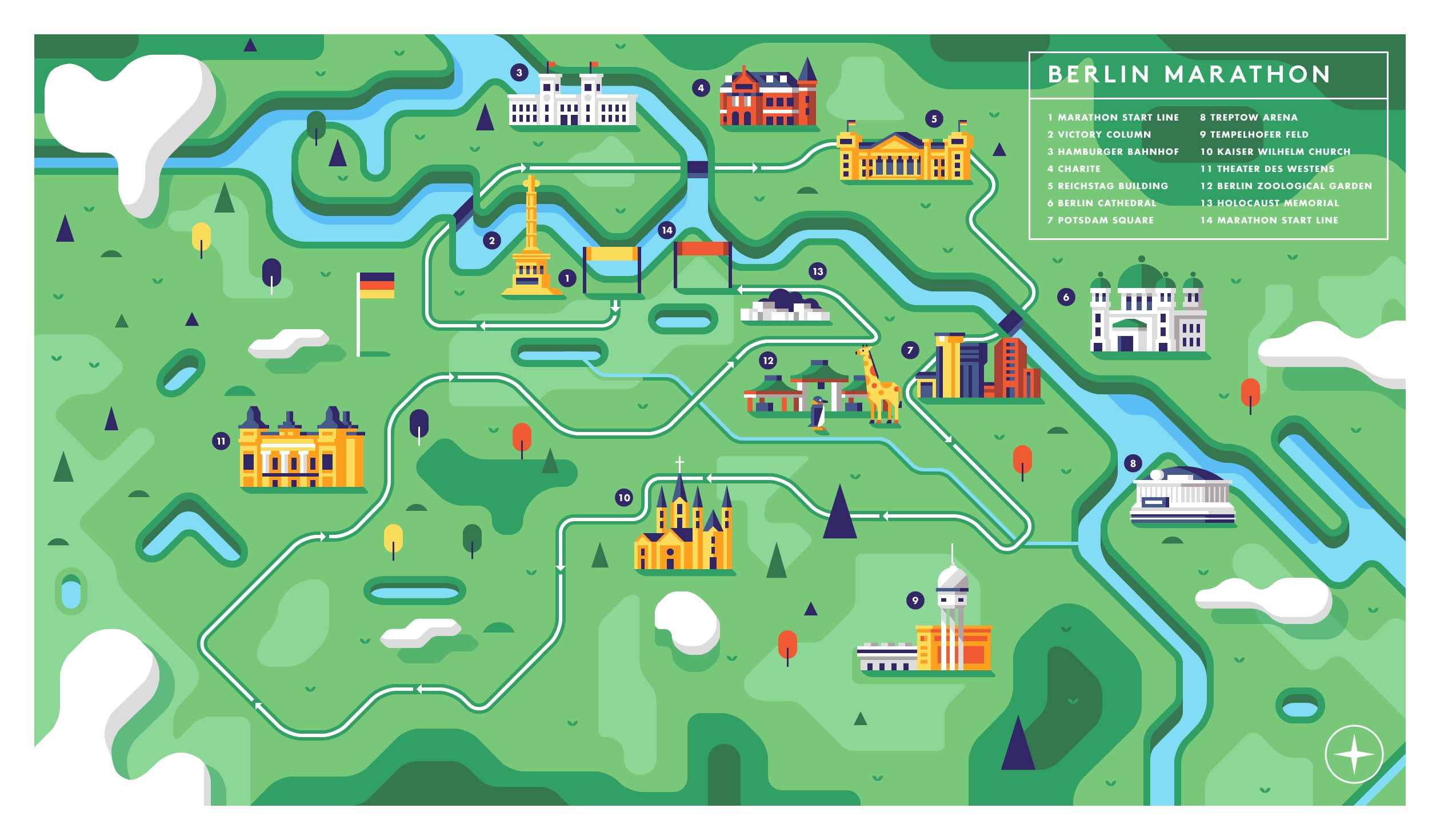
Rarely, if ever, was a road race so imbued with historical significance as the Berlin Marathon in 1990. On September 30 of that year, days before the official reunification of Germany, more than 20,000 runners streamed between the sandstone columns of Brandenburg Gate, as the course incorporated East and West Berlin for the first time. These days, runners still experience feelings of elation and relief when traversing the monument, which is only a few strides shy of the finish line.
Year founded: 1974
Race date: The last Sunday in September
Entry fee: 98 euros (about $110)
Field size: 40,000
Records: Men: 2:02:57 (WR); Women: 2:19:12
Course: Generally flat and fast with a few subtle undulations. The start and finish are less than a mile apart, a boon for spectators and those managing race-day logistics.
Notable event: In 2013, seconds before Kenyan Wilson Kipsang crossed the finish line in world record time, an imposter jumped the barrier and hijacked Kipsang’s moment by breaking the tape in front of him. Further bolstering his jerk credentials, the man performed the stunt to promote an escort service website.
Boston
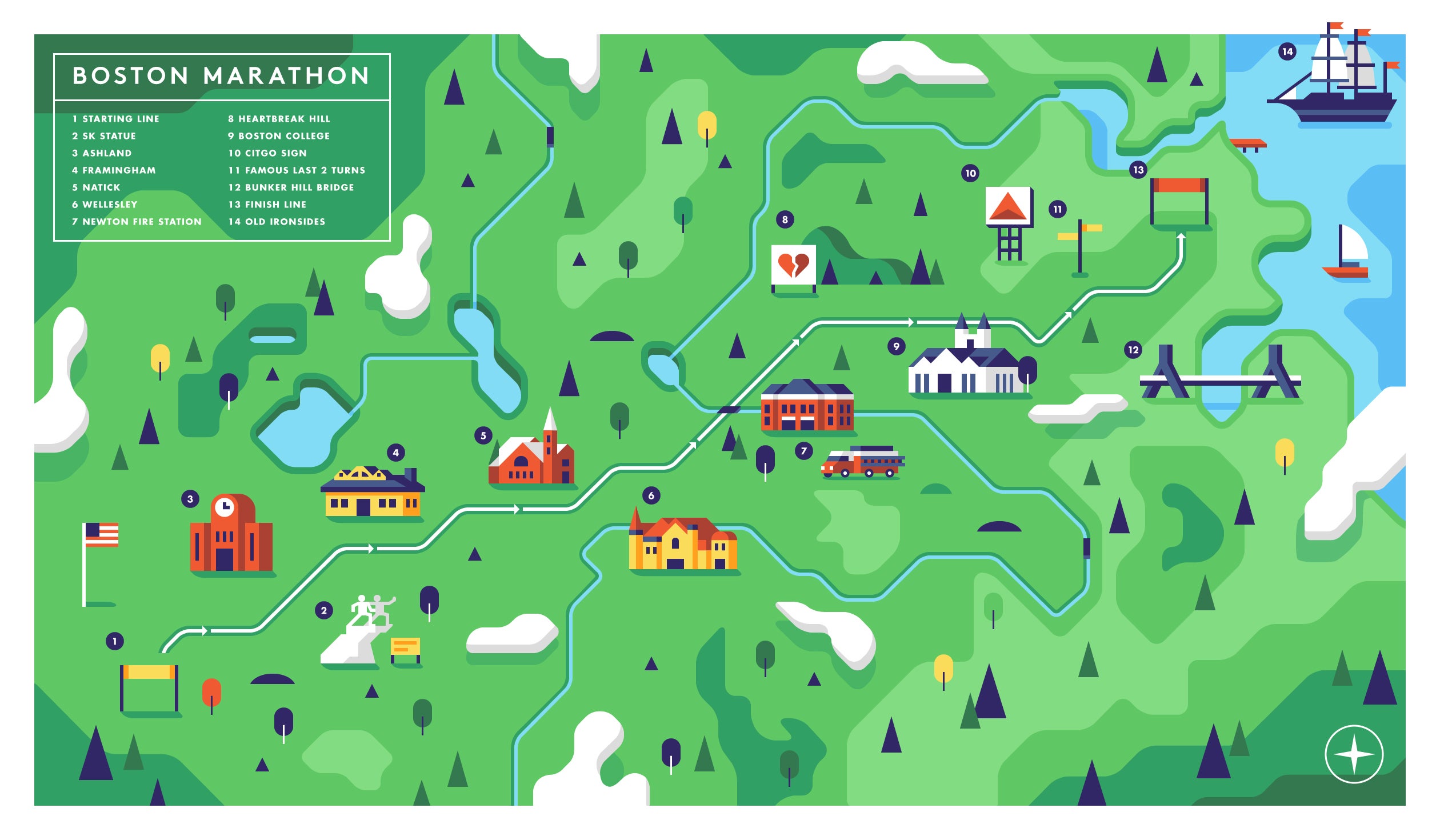
Founded in 1897, the Boston Marathon is the planet’s oldest annual marathon and the sole World Marathon Major with qualifying standards. Achieving a coveted BQ is a life goal for many a runner—only about of marathon finishers nationwide achieve the standard every year.
Year founded: 1897
Race date: The third Monday in April (Patriots’ Day)
Entry fee: U.S. residents: $185; non-U.S. residents: $250
Field size: 30,000
Records: Men: 2:03:02; Women: 2:18:57
Course: A point-to-point road race with a net downhill from Hopkinton to downtown Boston. After the trial of the four Newton Hills, the last of which is ominously named Heartbreak Hill, runners push for another five miles until hearing those magical words referencing the final two turns of the race: “Right on Hereford. Left on Boylston.”
Notable event: On April 19, 1966, more than 16 years before the women’s marathon became an official event, became the first woman to run the Boston Marathon. Since women were not allowed to participate at the time, Gibb bandited the race after hiding in the bushes near the start.
Chicago
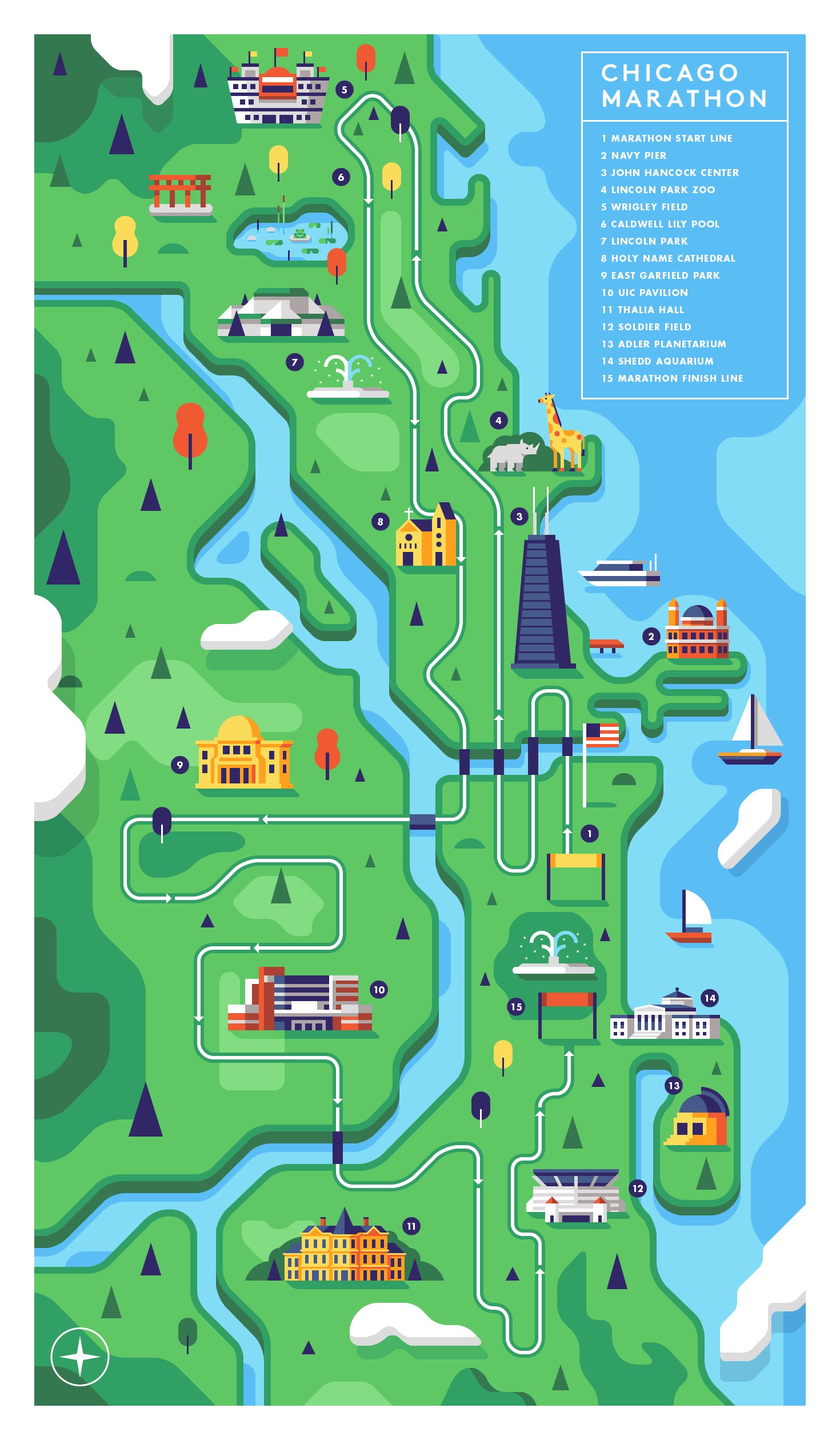
Originally named the Mayor Daley Marathon, after the then recently deceased mayor of Chicago, the Chicago Marathon was a hit from the start. With more than 4,200 runners showing up for the inaugural race in 1977 (and 2,128 finishing), this race was the largest marathon in the world in its very first year. It has since been surpassed by New York but is holding steady at number two. (Not that we’d put it that way to anyone from the Second City.)
Year founded: 1977
Race date: The second Sunday in October
Entry fee: U.S. residents: $185; non-U.S. residents: $210
Field size: 40,000
Records: Men: 2:03:45; Women: 2:17:18
Course: Chicago is the flattest of all the Marathon Majors. When wind is minimal and temperatures aren’t scorching, this is definitely a PR-friendly course, as evidenced by the four world records that have been set here. Start and finish are both in Grant Park.
Notable event: In 2007, the Chicago Marathon coincided with an untimely heat wave with temperatures climbing into the upper 80s. The race was called off after 3.5 hours, as the brutal conditions forced hundreds of runners to seek medical attention.
London
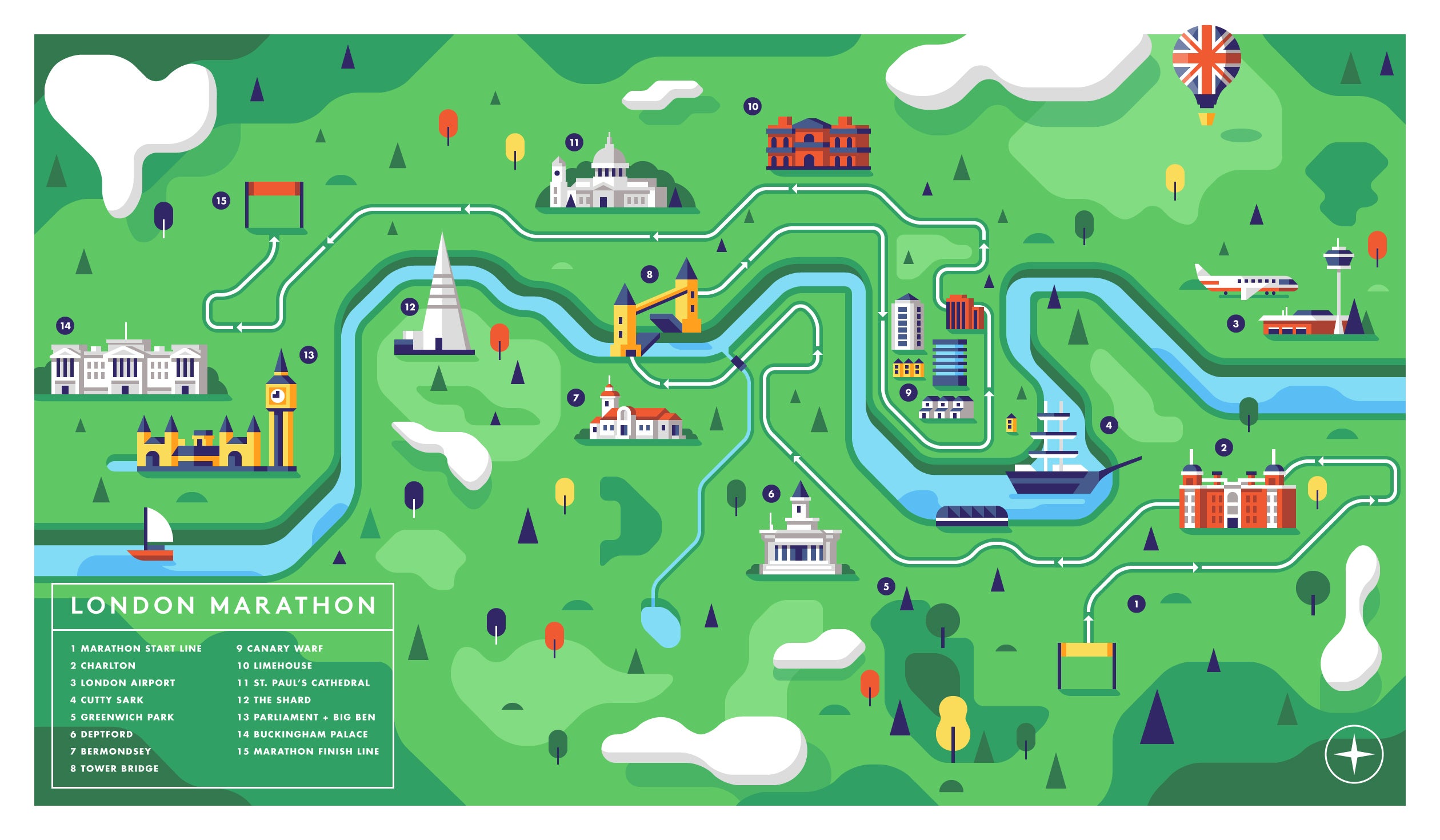
Paula Radcliffe owns the top three fastest marathon times ever run by a woman, two of which—including her untouchable 2:15 world record—were run on the streets of her home country’s capital. As with Chicago, the London Marathon was an instant success when it was first created in 1981. In just its second year, the race received more than 90,000 applications for roughly 18,000 spots.
Year founded: 1981
Race date: The last (or second-to-last) Sunday in April.
Entry fee: 35 pounds (about $47) for UK club members; 80 pounds (about $100) for overseas entrants
Field size: 40,000
Records: Men: 2:03:05; Women: 2:15:25
Course: that converge just before the third mile make for an interesting opening act in this quick, flat race that never strays far from the banks of the Thames River. The finish is in the middle of the Mall, so runners have Buckingham Palace as a glorious backdrop as they cross the line. As if that isn’t motivation enough, the only serious elevation change comes early (in mile 3) and is all downhill.
Notable event: In 1985, Matthew Parris, at the time a conservative member of British Parliament, ran the London Marathon in 2:32:57. (Paul Ryan, you’ve got a long way to go.)
New York City
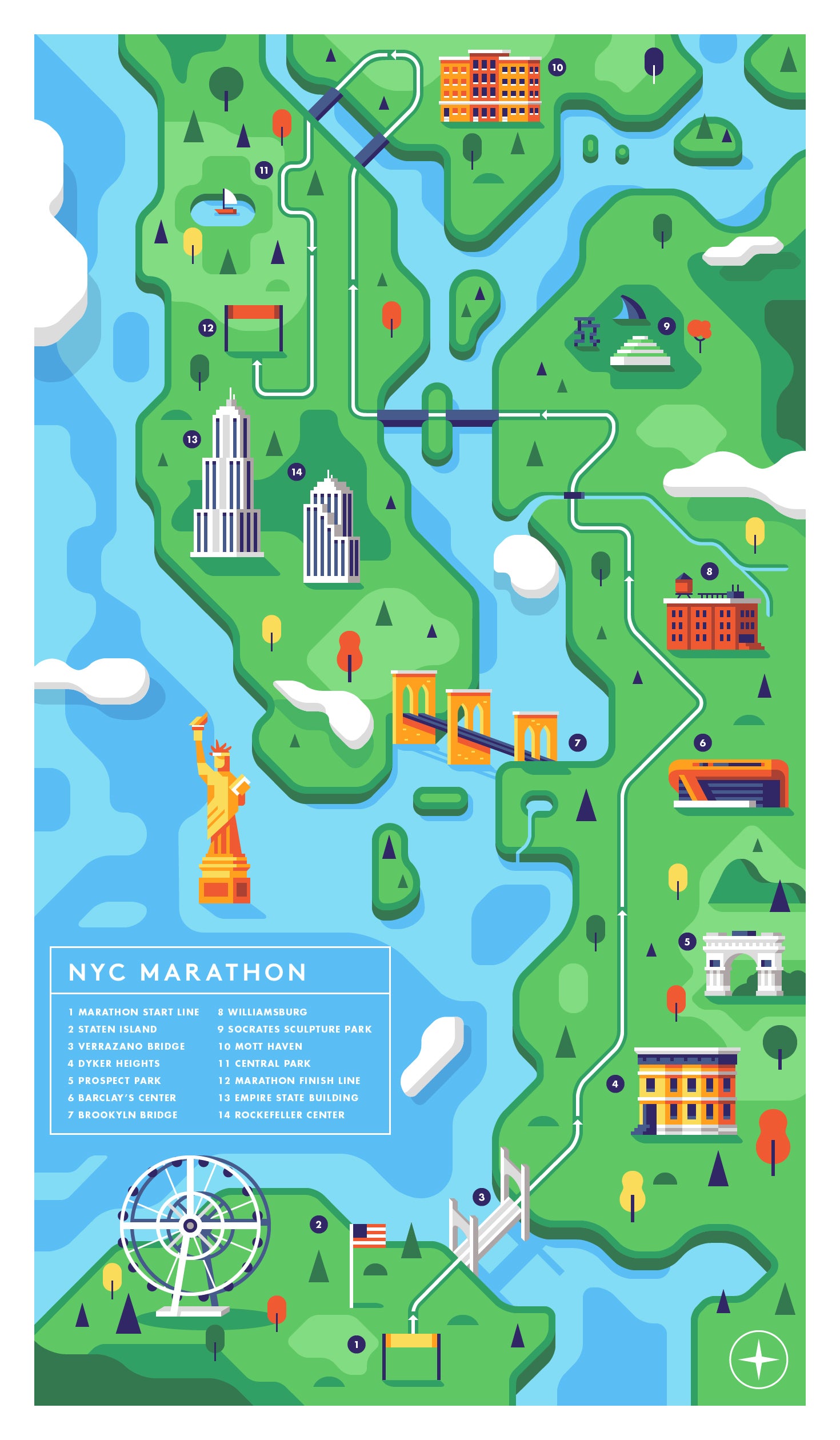
The world’s largest marathon began in 1970 as a low-key event staged entirely in Central Park. In its first year, the race saw only 55 finishers, and the entry fee was $1. How things have changed. In 1976, race founder Fred Lebow wisely altered the course to its present iteration: a journey through all five boroughs of the city, finishing in Central Park.
Year founded: 1970
Race date: The first Sunday in November.
Entry fee: U.S. residents and New York Road Runners members: $216; U.S. residents and non-NYRR members: $255; Non-U.S. residents: $347
Field size: 50,000
Records: Men: 2:05:06; Women: 2:22:31
Course: As far as Marathon Majors go, New York competes with Boston for the title of most challenging course. The good news for NYC runners: the steepest ascent comes right at the start as marathoners climb the Verrazano Bridge on fresh legs. The bad news: the comparably smaller hills in the final miles of the race—first on Fifth Avenue, then in the park—will feel like mountains.
Notable event: The NYC Marathon was canceled for the first and only time in its history in 2012, in the wake of Hurricane Sandy. The decision came late, and many of the thousands of runners who had already booked their trips to New York spent race day doing laps in Central Park.
Tokyo
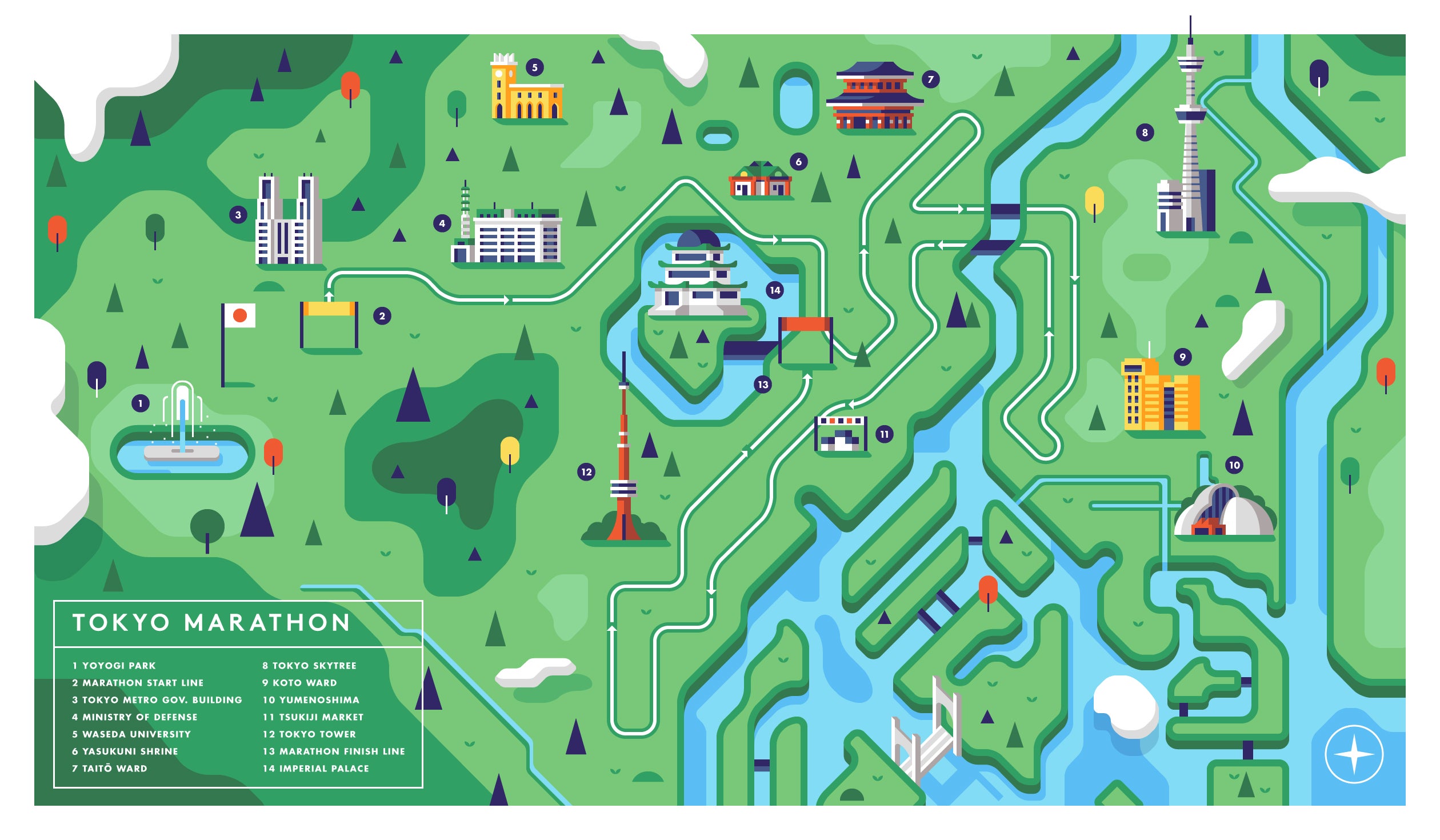
The youngest of the bunch, the Tokyo Marathon was first staged in 2007 and became part of the rarefied Major race series in 2012. Despite this recency, Japan has a devout running culture, and Tokyo has been hosting competitive marathons for more than 30 years. Earlier editions, like the Tokyo International Marathon, were for elites only and were segregated by sex.
Year founded: 2007
Race date: The last Sunday in February.
Entry fee: Japan residents: 10,800 yen (about $106); Nonresidents: 12,800 yen (about $125)
Field size: 36,000
Records: N/A (new course for 2017)
Course: The 2017 Tokyo Marathon will feature an updated course. Although the start will still be in front of the Tokyo Metropolitan Government Office in Shinjuku Ward, race organizers wanted a finish line venue that could match the splendor on display at the close of other Marathon Majors, like London’s Buckingham Palace and the Brandenburg Gate in Berlin. The race will now finish in front of Tokyo Station, adjacent to the Imperial Palace grounds. If the prospect of improved scenery isn’t enough to motivate runners, this course change also eliminates what were the only significant hills of the race.
Notable event: Among other things, the Tokyo Marathon is famous for the abundance of runners in costume. One former ���ϳԹ��� staffer was nearly knocked over by a giant eggplant during the race. Twice.
